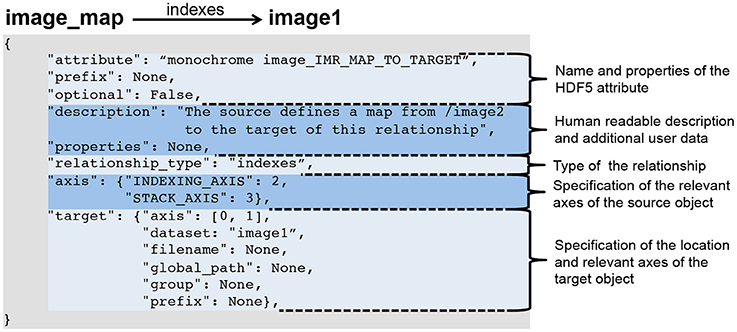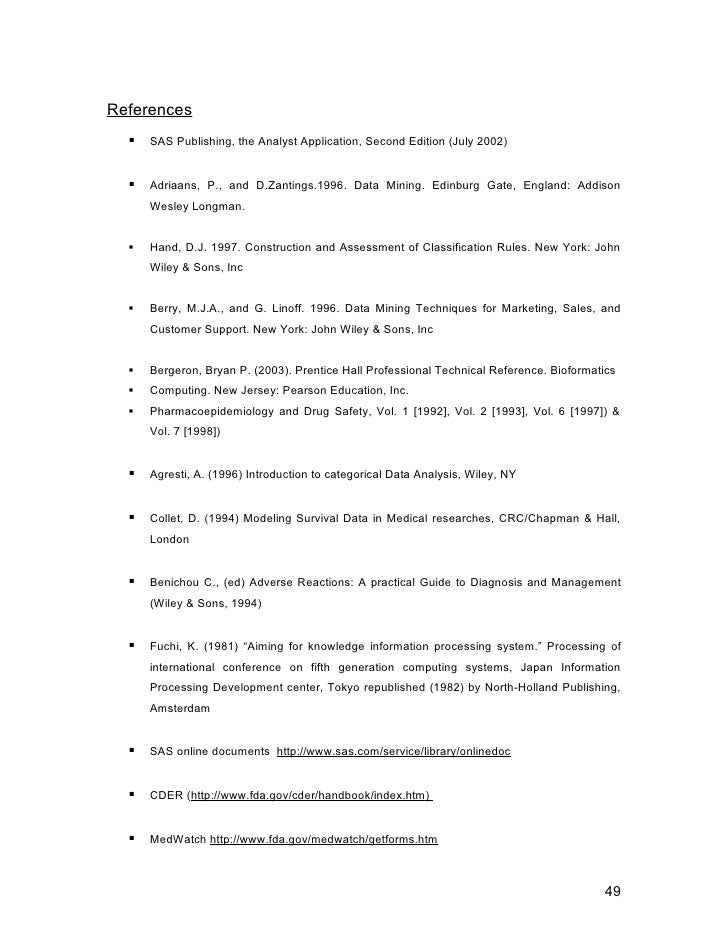Modelling Binary Data Collett Pdf To Jpg
Xml-schema-binary-data.pdf - Xml Schema Binary Data support mappings between COBOL data structures and XML schema definitions. Arrays are mapped to xsd:base64 Binary and are processed as binary. Download our arduino binary data type eBooks for free and learn more about arduino binary data type. These books contain exercises and tutorials to improve your practical skills, at all levels!

12.3 Binary Logistic Model with Casewise Deletion of Missing Values. Source: commons.wikimedia.org/wiki/File:YoungJamesClerkMaxwell.jpg. Modelling Binary Data. London: Chapman and Hall, 2002. Collins, Emmanuel O. Ogundimu, and.
- Modelling Binary Data, Second Edition now provides an even more comprehensive and practical guide to statistical methods for analyzing binary data. Along with thorough revisions to the original material-now independent of any particular software package- it includes a new chapter introducing mixed models for binary data analysis and another on.
- Introduction Model choice Strength of identi cation Conclusions References Causal inference for binary regression Austin Nichols July 14, 2011 Austin Nichols Causal. Binary Codes. Vs xlsx in Microsoft Excel. Modelling binary data collett pdf Modelling binary data collett pdf Modelling binary data collett pdf DOWNLOAD!
Abstract Background: Nation-wide road casualty figures usually come from police data. In France, as in many developed countries, the reporting of fatalities is almost complete but the reporting of non-fatal casualties is rather low. It is moreover strongly biased. Valid estimates are needed. Methods: Using the capture–recapture method on police data and on a road trauma registry covering a large county of 1.6 million inhabitants, we estimate police under-reporting correction factors that account for unregistered casualties. These correction factors are then applied to the nation-wide police data, with standardization on under-reporting bias factors. Results: In 2004, whereas the police report 108 727 non-fatally injured, the estimation yields 400 200.
Over the 1996–2004 study period, the average annual estimated incidence is 871/100 000 for all injured (3.4 times the police incidence), 232/100 000 for hospitalized, 103/100 000 for seriously injured (2.2 times the police incidence) and 12.6/100 000 for casualties with long-term major impairment. The incidence of seriously injured (NISS 9+) is 11.3/100 000 for pedestrians, 9.5/100 000 for cyclists, 36.3/100 000 for motorized two-wheel users and 42.5/100 000 for car users. Conclusions: The estimated incidences are much higher than the police-based ones. This changes the scale of the road injuries issue. The risk of suffering a major impairment from a road crash is equal to the risk of being killed.

Motorized two-wheel users experience a large burden of traffic casualties, much larger than that indicated by police data. The approach used can be reproduced in other countries, if an additional medical registration exists.
Modelling Binary Data Collett Pdf To Jpg Free
Flow chart of the whole estimation procedure Predicting the injury severity (NISS) of police-reported casualties (Step 1) The police severity classification is not satisfactory but it is correlated with the NISS, and hence useful for its prediction. The prediction model is constructed on non-fatal casualties identified in both the police and registry files, for which both the NISS and police severity are available (22 704 matched casualties). The three-level NISS variable is ordinal, and we model it with a cumulative logit model. The proportional odds assumption being rejected ( P. The average annual incidence of all injured is 69/100 000 (66–71) for pedestrians, 94/100 000 (78–112) for cyclists, 203/100 000 (192–210) for motorized two-wheel users and 469/100 000 (450–479) for car occupants. The number of injured cyclists is slightly higher than the number of injured pedestrians.
The average annual incidence of seriously injured is 11.3/100 000 (10.5–12.0) for pedestrians, 9.5/100 000 (7.2–11.8) for cyclists, 36.3/100 000 (33.5–38.1) for motorized two-wheel users and 42.5/100 000 (39.8–44.4) for car occupants. The number of seriously injured is in the same order of magnitude for cyclists and pedestrians on the one hand, and for motorized two-wheel users and car occupants on the other hand. Displays annual estimates. Regarding time trends, motorized two-wheel users experience a much smaller decrease of their number of casualties than the other road users. Key points. We provide the first French nation-wide estimations of non-fatal road casualties that are corrected for under-reporting and its biases (and defined with medical classifications: NISS and IIS). The incidence is 871/100 000 for all injured (NISS 1+) and 103/100 000 for seriously injured (NISS 9+), respectively 3.4 and 2.2 times higher than the police-based incidences.
The number of seriously injured (NISS 9+) motorized two-wheel users is now equal to the number of seriously injured car users (while their share in traffic are highly different). The risk of suffering a long-term major impairment (IIS 3+) is equal to the risk of being killed, on average. For cyclists and motorized two-wheel users, the risk of major impairment is higher. In terms of morbidity, injury prevention in France should focus on motorized two-wheel users.
Comments are closed.